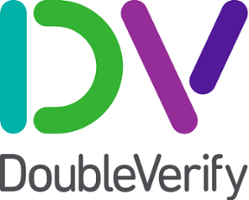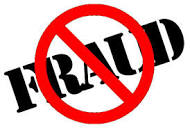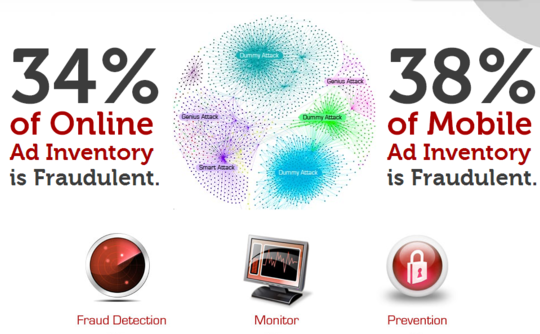This article appears as a guest post on StartUpBeat.com.
It’s been almost half a decade since the Internet overtook television as the preferred medium for advertising, and with the advent of ever-more sophisticated mobile delivery mechanisms, 2015 promises to be yet another big year for online marketing. Perhaps the only thing getting in the way of this otherwise inexorable momentum, however, is the persistent lack of transparency undermining the industry.
First, the good. Most businesses have already established some sort of online advertising presence–even if that only extends to do-it-yourself social media outreach–and those businesses that haven’t increasingly understand the need to take their advertising arms digital. Spending continues to rise, both in raw terms and in relation to the overall marketing and advertising sector. And given the deepening popularity of e- and mobile commerce, there is no reason to expect demand won’t, also.
Read More










